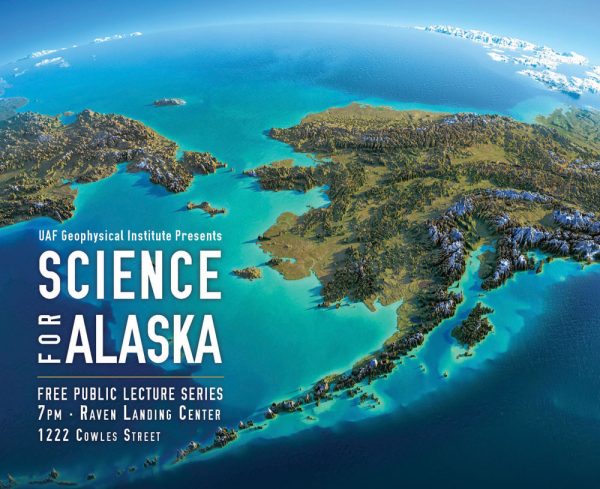Lecture will explore storms at the edge of space (Science for Alaska Lecture Series)
February 6, 2019
 UAF associate professor of physics Mark Conde will present “Storms at the Edge of
Space" as part of the 2019 Science for Alaska Lecture Series on Tuesday, Feb. 12.
UAF associate professor of physics Mark Conde will present “Storms at the Edge of
Space" as part of the 2019 Science for Alaska Lecture Series on Tuesday, Feb. 12. The talks, sponsored by the Geophysical Institute, are presented weekly from 7-8 p.m. at Raven Landing, 1222 Cowles St., through March 5. Talks are free and open to the public. All ages are encouraged to attend.
In February 2009, the communications satellite Iridium 33 collided at 26,000 mph with a defunct Soviet military spacecraft 500 miles above Siberia. The impact destroyed both and encircled the globe with debris. While a close encounter had been predicted, the risk of an actual collision was considered insignificant.
Calculating such risks is difficult because satellites fly through the outer wisps of Earth's atmosphere and are buffeted unpredictably by its prevailing weather. At the edge of space, our atmosphere is unprotected from solar eruptions, especially at polar latitudes, where even the magnetic field offers little shelter.
The Geophysical Institute is a world leader in studying these storms using state-of-the-art instruments distributed across Alaska. Conde will describe how we conduct these studies, what we have learned about the storms and how the storms relate to the beautiful auroral displays that reveal them to us.
Other discussions in the Science for Alaska series will focus on Alaska’s future climate, unmanned aircraft and astronomy.
For more information, visit www.gi.alaska.edu/science-alaska-lecture-series/ .


